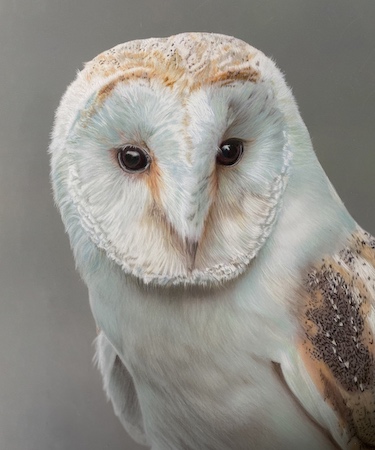- Home
- Get started
- Why Choose Coloured Pencils
Why Choose Coloured Pencils for Your Art?
If you’re anything like me, you probably have fond memories of coloured pencils from your school days.
They were for filling in colouring books and sketching away a rainy afternoon. But at some point, many of us who want to create ‘serious’ art put them aside, believing they are a stepping stone to other mediums like paints or pastels.
I think that’s a real shame.
To dismiss coloured pencils is to overlook one of the most capable, adaptable, and enjoyable tools an artist can have. They offer a fantastic combination of precision and versatility, making them an ideal choice for creating detailed and expressive work, no matter your skill level.
It’s time to see the humble coloured pencil not as a toy, but as the professional artistic instrument it has become.

A World Away from School Pencils
Let me be clear: the artist-grade coloured pencils available today are nothing like the brittle, pale sticks we used as children.
Manufacturing has changed dramatically. Pencils are now made with high-quality, lightfast pigments and durable wax or oil-based binders. This means they are a permanent, archival medium, capable of producing work with a richness and depth that can rival a painting.
The Advantage of Precision and Control
For me, the greatest strength of the coloured pencil is the control it offers. The ability to sharpen the point allows for a level of detail that is often difficult to achieve with a brush.
- Perfect for Intricate Detail: From the delicate veins of a leaf to the individual hairs in a pet portrait, coloured pencils are second to none for rendering fine lines and textures.
- A Forgiving Nature: Unlike ink or paint, coloured pencils are wonderfully forgiving. This is a huge benefit when you’re learning. You can build up colour slowly and deliberately, and mistakes can often be gently lifted with a kneaded eraser. This methodical process removes the pressure of making a permanent, irreversible mark and gives you space to refine your work.
Surprising Versatility in Technique
Beyond their precision, coloured pencils are masters of adaptation.
The number of techniques you can use is surprisingly broad, allowing for a huge range of effects from soft and subtle to bold and almost photographic.
Layering is the core technique. It involves applying multiple light layers of different colours to optically mix new shades and build up depth. It’s how you get rich, complex colour rather than a flat, one-dimensional look.
After you have several layers down, you can apply a light-coloured pencil or a colourless blender with firm pressure. This burnishes or merges the layers, creating a smooth, waxy, and highly realistic finish.
Before adding colour, you can press into the paper with a hard, pointed tool like a stylus or an empty ballpoint pen. The pencil pigment will then skip over this indented line, leaving it white. It’s a brilliant method for creating fine white details like whiskers or light-coloured hairs.
A small amount of a specialised solvent, like Zest-it, can be applied with a brush to dissolve the pencil binder. This blends the colours together, creating a soft, painterly effect, almost like a watercolour.
An Art Form That Fits Your Life
Perhaps one of the most compelling things about coloured pencils is how accessible they are. They invite you to create without the common barriers that other mediums can present.
- Minimal Mess and Setup: There are no messy palettes to clean, no water pots to spill, and no strong fumes. All you truly need are your pencils, a sharpener, and a sheet of paper.
- Portability: Their clean and compact nature makes them perfect for creating art anywhere. You can easily work at the kitchen table, in a comfy chair, or even take them out to a park bench.
- A Meditative Process: The slow, repetitive motion of layering colour can be an incredibly calming experience. It encourages patience and mindfulness, allowing you to become fully immersed in the creative process and escape the stresses of the day.
Your Invitation to Begin
If you've been looking for a medium that combines control with creativity and accessibility with depth, you may have found your match. The coloured pencil offers a gateway to a world of rich, detailed, and meaningful art.
So, forget any old impressions you might have.
I encourage you to pick up even a small set of good-quality pencils, feel the satisfying drag of the pigment on the paper, and watch as your vision slowly comes to life, one deliberate layer at a time.
The next stage of your artistic path is ready when you are.
